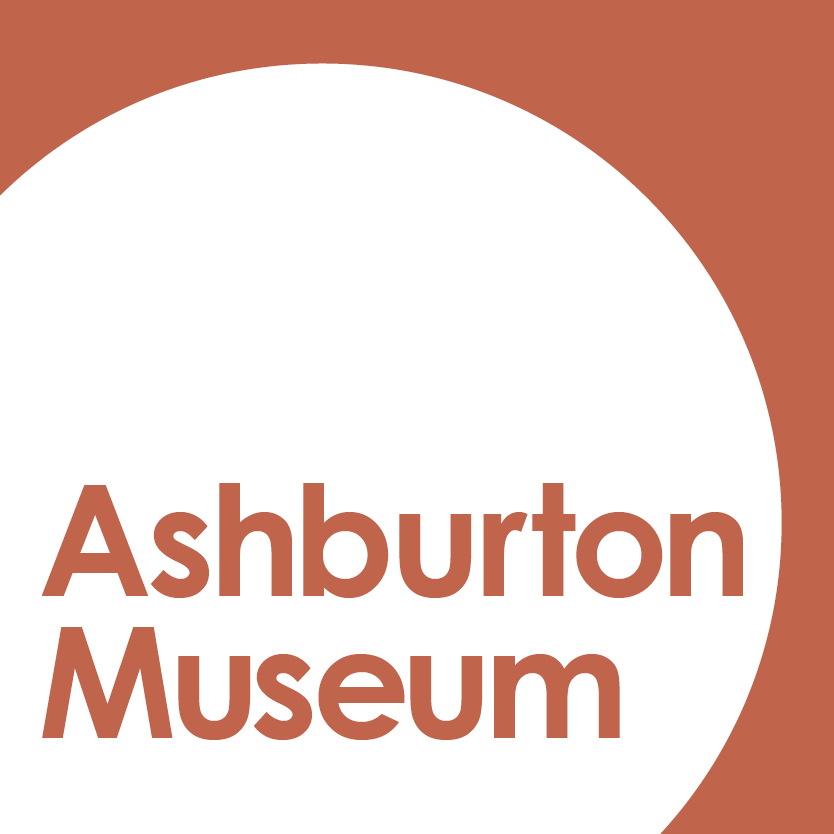Last year, a device that offered the world’s first ‘virtual reality’ experience was brought out from the depths of Ashburton Museum’s collection stores (as part of our Samoan Language Week celebrations, curiously enough). While most of us consider virtual reality to be a new and innovative technology, stereoscopes were handheld devices invented more than 170 years ago that remained popular until the 1930s. They were used for viewing a pair of almost identical left and right-eye images that gave the illusion of a single three-dimensional scene.
The particular stereoscope pictured on this page, from the Ashburton Museum and Historical Society’s education collection was sold from 1927 as a ‘camerascope’ by Cavanders Ltd. It purported to give people the opportunity to “see the world and its wonders without leaving your own fireside…through a reality otherwise experienced only in actual travel…it is difficult to believe you cannot walk right into the picture.”

While the Golden Age of Radio contributed to the demise of the stereoscope’s popularity, it did manage to make a comeback in the 1960s. Redeveloped and sold as the ‘View-Master’, this light, plastic device became a popular toy in which children could insert and rotate a circular cardboard reel of colour photographs. The View-Master’s early reels also contained images of famous tourist sites and scenic travel views.
Cigarettes and ‘cameragraphs’
The images produced for this Cavenders Ltd. camerascope were taken between 1915-1925 by world-traveller and photographer J. Dearden Holmes, whose photographs were purchased and reproduced as ‘cameragraphs’. There were many sets of cameragraphs to be collected, such as the Peeps into Prehistoric Times and Peeps into Many Lands series. Cavenders Ltd also gave away free sets of cameragraphs inside packs of Army Club Cigarettes, which encouraged people to buy a camerascope to view the images in the intended three-dimensional format.
The set of photographs that were donated to the Ashburton Museum and Historical Society alongside this camerascope were part of the Peeps into Many Lands second series distributed with Army Club Cigarettes. Marked left and right, the viewing cards include mountain views in Banff, Canada, a temple and a cheetah in Northern India, a street scene in Japan, the Bridge of Sighs in Venice, a ship in China, a sea lion in Alaska, and four images taken in Samoa, hence the connection to Vaiaso o le Gagana Samoa – Samoan Language Week 2023 and our Samoan Cultural Workshop where this device was presented and discussed.
Colonial gaze on Samoa c.1920s
The images of Samoa include two fishermen sitting on a va’a (canoe) underneath palm trees, a topless woman standing by a washing line in front of a Samoan fale (house) and a woman holding a baby standing behind two children sitting on a va’a. While these photographs appear to capture everyday life in Samoa c.1920, the context in which they were taken, and the influence of the colonial gaze must be considered.
Indigenous people in colonised countries who were treated as subject matter for European audiences in these types of photographs or portraits were often exoticised, eroticised and objectified for commercial purposes. Colonial ideologies about the colonised ‘other’ were reinforced and indigenous people were typically photographed looking stoic and melancholy.
J. Dearden Holmes, the British photographer who captured these scenes in Samoa, was taking photographs at a time when the country was under British and New Zealand colonial administration. We know that Cavenders Ltd. ultimately used these images for commercial gain to market the Camerascope to European purchasers of Army Club Cigarettes. While most of the Samoan people photographed by J. Dearden Holmes in this Peeps into Many Lands series appear subject to the colonial gaze, there is one image that seems to capture the Samoan spirit and a more authentic slice of life in Samoa 100 years ago.

This fourth image of Samoa titled ‘Laundry Work. Two Jocular Laundresses. Samoa.’ depicts two women sitting by a river doing their laundry with their feet dipped in the water. The women are looking to their left rather than directly at the camera and appear to be genuinely laughing with one another or at something or someone off-camera. The photograph also captures their movement; one of the women has her arm raised, gesturing towards the other or perhaps reaching out to touch her. One of the women looks to be holding a sasa ai tagamea (laundry stick), which was usually used in the later stages of washing to ensure that every last piece of dirt was loosened and removed.

Vaiaso o le Gagana Samoa – Samoan Language Week 2023
While Vaiaso o le Gagana Samoa – Samoan Language Week 2023 afforded us the opportunity to discuss an intriguing device from the AM&HS collection and examine the accompanying historical photographs taken in Samoa, we were also very fortunate to hear from Cecilia Colcord as part of our Samoan Cultural Workshop delivered in partnership with Hakatere Multi Cultural Council and Volunteering Mid & South Canterbury. Celia gave participants a unique insight into fa‘asamoa (culture), etiquette, tautala Samoa (language) and her personal experiences as a New Zealand-born Samoan.
By Danielle Campbell
Unless otherwise stated, photographs and research materials on this page are owned by the Ashburton Museum & Historical Society Inc. This post was modified for this blog and was originally published in the Ashburton Guardian, 3 June 2023.

Leave a comment